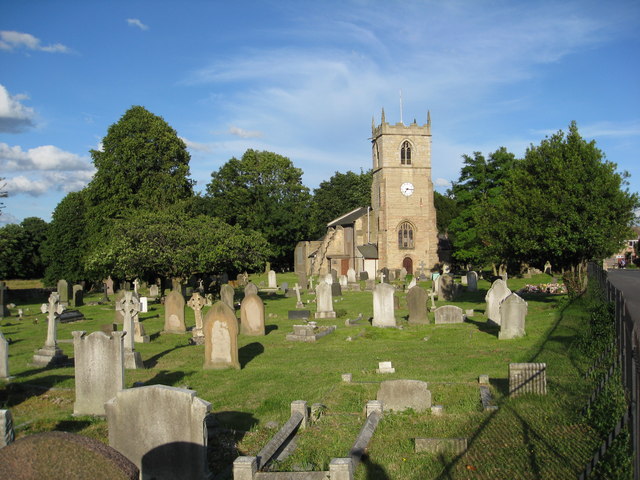cw: capital punishment, murder, physical violence.
George Bingham (1734-1803)
My 6x great grandfather George Bingham (1734-1803) was born, lived and died in the Derbyshire area. He married to Elizabeth Featherstone (1739-1787) and the couple raised 10 children together. George is most notable because of his violent death at about 70 years old and the subsequent botched execution of his murderer.
George’s death was reported in both the local and national press. The reports from the time are likely sensationalised and read like a gruesome crime novel, but will be based on the events that transpired and have some elements of truth. They show how violent crime could be an issue in the rural countryside, the brutality of capital punishment in the early 1800s and how our understanding of human anatomy was advanced by using prisoner’s bodies after their executions. This would have been without their consent.
Newspaper Reports
As reported in the Gentlemen’s Monthly Miscellany, 1803: ‘As an old man, named Bingham, nearly seventy years of age, was returning from Barlborough to Clown, he was overtaken on the road by a young fellow called Wells, whom he had seen before at a public-house, where he refreshed himself, and where unfortunately he had told the company he had five shillings to carry home to his family. For the sake of this pittance the young wretch assaulted the old man, and, after robbing, most barbarously murdered him, by beating out his brains with a stake, which he had plucked from the hedge. Just as he had accomplished his atrocious purpose, a third person who had been with them at the public-house arrived, and saw the murderer running away. He called after him aloud, but receiving no answer went forward, and discovered, by the moonlight, the old man just expiring in his blood. He immediately alarmed the neighbourhood; and from the place where in the murder was committed, Wells was traced in the snow to his mother’s house, where he was apprehended in bed, his hands and clothes yet bloody. The next day, the coroner’s inquest sat on the body and bought their verdict Wilful Murder against Wells, who was consequently committed to Derby Goal, for trial at the assizes.’
The 24 March 1803 edition of the Derby Mercury states that ‘the Judge was pleased to reprieve the whole of the above [other cases], except Wells, who was executed on Saturday, and his body given to the surgeons for dissection. About a minute after he had been turn’d off, the rope slipped, and he fell to the ground; the executioner was therefore under the necessity of tying him up a second time.’ The 29 March 1803 edition of the Northumberland, Durham and Cumberland Gazette adds that ‘While William … was suspended, the rope gave way and he was precipitated to the ground, with so much violence, as to break one of his legs; he was tied up again as soon as possible, and died in unusual agonies.’
Further information is reported in the 2 April 1803 edition of Newcastle Courant, corroborating other articles and offering more detail about both Wells life and execution, ‘At Derby assizes, William Wells was found guilty of the wilful murder of George Bingham, an old man whom he robbed of 5s as detailed in this paper a fortnight ago. He was executed on Saturday se`nnight. At the place of execution, after being suspended, the rope slipped and the wretched malefactor fell to the ground; his leg was broken, and he was otherwise much bruised. He was immediately tied up again, and died after a very severe struggle. His death was as dreadful as his life had been depraved. It has been said that he acknowledged the commission of another wilful murder about two years ago, when he drove a wagon over the body of his unfortunate victim, and reported that he had met his death by a fatal accident only.’
After the hanging at Nun’s Green, William’s body was dissected in the Shire Hall in St. Marys Gate, Derby, before being buried in the Prison Ceremony. George was buried in the St John the Baptist churchyard, in the village of Clown. Both men met incredibly violent ends, and this was fodder for the newspapers, just as crime is today.

Tips
This ancestor profile is a good example of how you can still track down UK ancestors before civil registration (1837) and census returns (1841) by using sources like newspapers, crime records and specialist online websites. Helpful sources are Ancestry’s collection of UK crime records, The British Newspaper Archive and Capital Punishment UK‘s records of the death penalty and executions in the UK.
Leave a comment